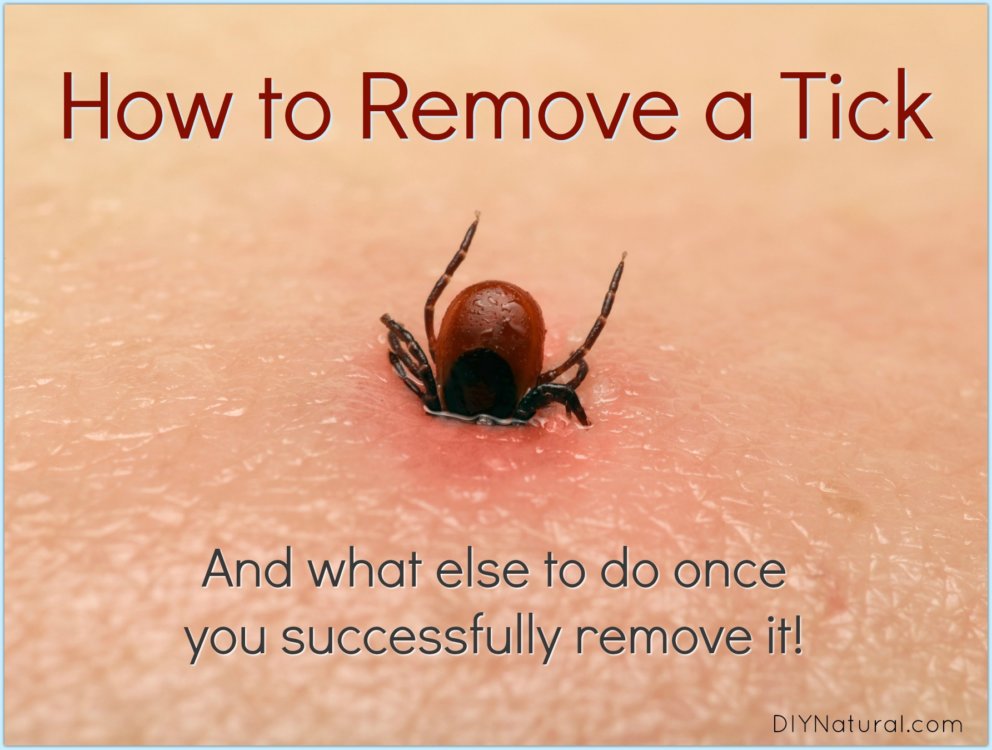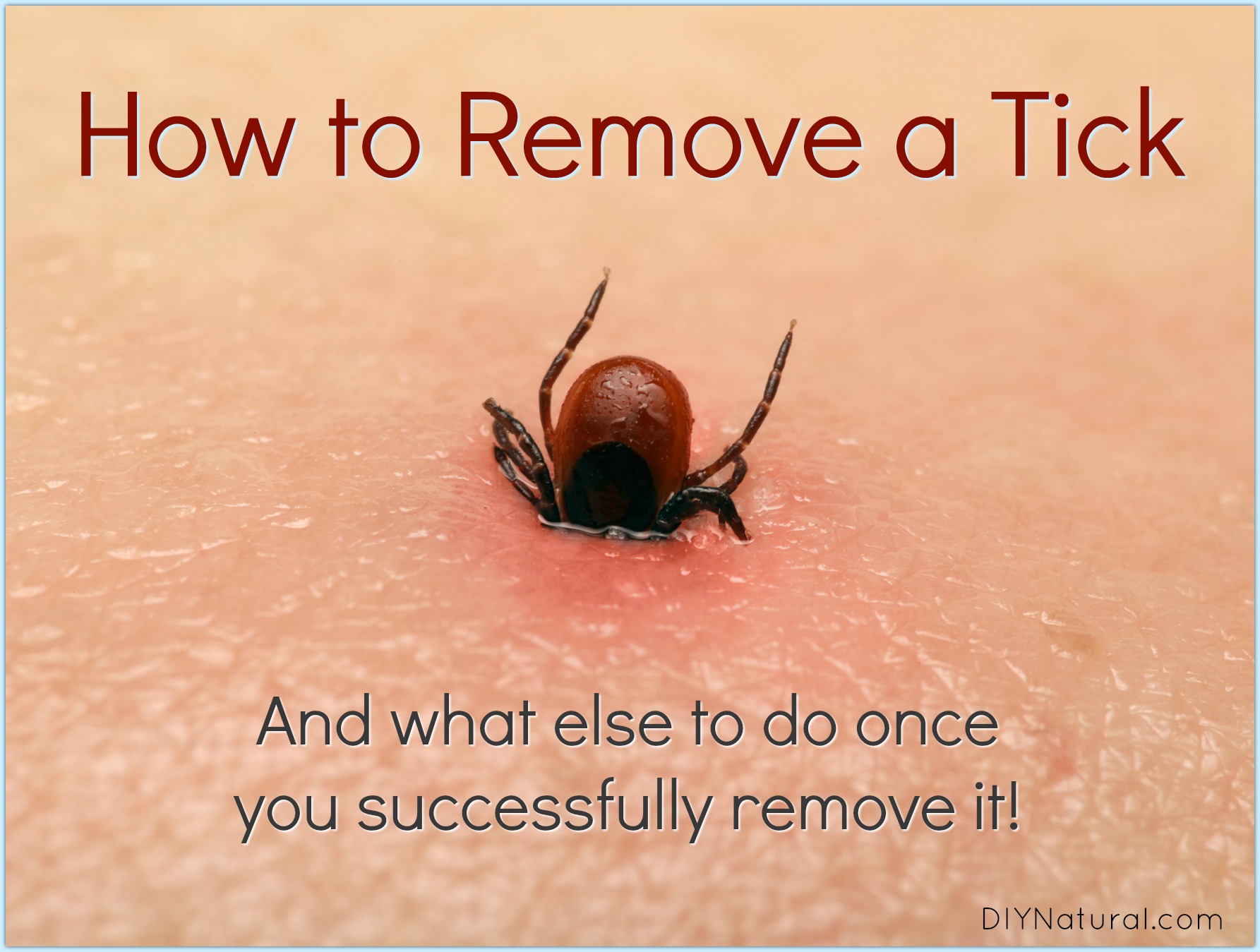
Do you know how to remove a tick? I was recently bit so I made this plan for safe, natural removal. Here’s how I did it and how you can too!
How to Remove a Tick
Last week it became obvious that we needed to move our overcrowded chickens onto a new pasture for grazing. They were looking a bit rough and needed to get access to fresh and growing green things. So, we picked a day and started capturing chickens one by one. I held each one against my stomach as I clipped their wings then carried them out to an unmowed pasture.
That night, while getting into a bath I could see I had been bitten by a tick. It already had a red ring bullseye around it, so my usual freak-out about ticks was even worse than normal. Being in the field that I am in, I get questions all the time about how to treat Lyme disease. I recall others being bitten long ago and are now dealing with the debilitating fallout. All I could think of was all of those people and the many things I know they have suffered; now I would be one of them!
All the books I have address how to treat Lyme’s, or its co-infections, much further down the road. I was seeking what to do right now to keep the infection from spreading, or even starting up, if possible. My research led me to the following solution that I hope will help a lot of people.
Removing a Tick Once Bitten
Here are the things I did immediately after noticing the bite:
1. Removing the Tick
If you don’t know how to remove a tick, it is important not to squeeze the tick or separate its head from its body. I have seen great results with using a drop of lavender or a drop of peppermint essential oil to get the tick to pull out on its own. This didn’t work for me. I used a cotton swab to turn the tick in a circle until it was forced to remove itself.
2. Research
A little reading from Stephen Buhner’s website will be of great help. Stephen Buhner is one of the herbalists that is doing some great work understanding tick-borne diseases. This link takes you to the page to read about the experiences of others who were recently bit and the advice they received.
3. Stay Calm
Tick-borne diseases tend to attack the nervous system. So it is important to stay calm. I used 15 drops of kava kava tincture for relaxation.
4. Cleanse/Disinfect
I washed the area with Kloss liniment, a popular wound cleanser that contains goldenseal, myrrh, and cayenne. (You can learn to make your own liniment or buy a very similar one here.)
5. Draw Out Possible Infection
After removing the tick and cleansing, I made a drawing paste to apply to the bite site:
- Powdered Ingredients – equal parts green clay and plantain leaf powder
- Liquid Ingredient – Andrographis tincture
You can make this paste without the plantain, but I like to take advantage of its drawing power. Place a pinch of the powder in a bowl and add the drops of tincture until it is spreadable. Place the paste over the bite and then wash it off with cool water when it dries. Repeat often. I covered the paste with a bit of plastic wrap and then added a heating pad to increase the drawing action.
6. Avoid Sugar
After removing the tick I cut all sugar out of my diet and began to eat very simply to give my body room to fight infection.
7. Supplement With Astragalus
I began taking a hefty dose of Astragalus tincture. Buhner recommends 3,000 mg daily for the first month after a bite and then down to 1,000 mg from then on as a preventative. The brand of tincture I chose was 46 drops three times a day.
Additional Steps & Considerations
I chose to avoid the emergency room and remove the tick myself, but this is a very personal choice. We kept the tick in a jar and you should too if you can. If you choose to head for medical assistance, take the tick; they may be able to analyze what kind of diseases it is carrying. In most cases, they will prescribe a course of antibiotics.
I drew a circle around the red bullseye. We monitored it often throughout each day. The treatment plan above worked for me and the redness never expanded beyond the original circle. If the infection takes hold in Lyme’s, you tend to get flu-like symptoms in the first 3-10 days. I didn’t experience those either.
Things to Keep in Mind…
Even though I chose to use a natural protocol for how to remove a tick, I was always prepared to seek medical attention if needed. Had I exhibited any further symptoms, or if the redness had spread, we would have gone for treatment. I have no confirmation as to what, if any, diseases the tick that bit me carried because I chose not to have it analyzed. Since the infection didn’t get out of hand and flood my system, I don’t expect repercussions.
Tick bites can be very serious. If you suspect you have been bitten and there are signs of a problem, it is important to treat the bite aggressively (in your manner of choosing). This summer, have a plan in place for what you will do if anyone in your family is bitten. Also, know your limits. If you choose to treat naturally, set metrics around your treatment plan and know when to head for professional attention.
I now have a plan and can save myself a few days of stress and panic in the future.
Do you know how to remove a tick? Have you ever been bitten by one? How did you handle it?
*******




My husband gets tick bites several times a week! We live in the country and run a small farm and he’s always in tall weeds.
We grow organic foods, eat clean and use natural house and body products.
However we found this treatment is the only one that really works. My husband has a chemical engineering background and knows that rubbing alcohol is a solvent and will break down the poison and asphyxiate the tick. We take a very small cotton ball and tape it tightly over the tick. Using a dropper we then saturate the cotton from the edge. Leave it on for about 15 mins and the tick will easily release! It can then be placed back on for a few hours and will draw out the poison. This really works and keeps the bite from getting infected. He used to go on antibiotics the first times, but we know how bad they are. He’s never had an issue since doing this and it’s worth it to us to put a small amount of alcohol on our bodies to prevent worse outcomes! And it even works after other severe bug bites like black flies to tape on the alcohol soaked pad for several hours or even overnight.
Now does anybody know of natural tick prevention treatments for cats? Nothing we have tried seems to work!
Cover the tick and the whole area with for example butter to suffocate it and it can be pulled out easily. Or douse it in strong alcolhol such as brandy.
Although I’ve not had a tick experience, my dog has and found Trix Tick Lasso Remover which can also be used on humans and is fast effective and safe. I just apply some Lavender oil after and it does the trick. The lasso can be found on eBay . I thought it may help.
We just heated a needle with a match or a lighter and stuck in the tick as close to the head as possible and the tick just backs out real quick and he is already ‘skewered’ so you can ‘click your bic’ and forever do him in. I imagine just sticking the needle or pin in him would work, too.